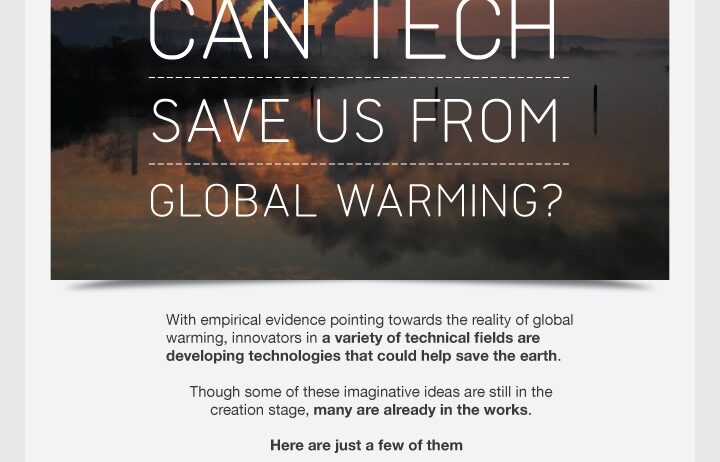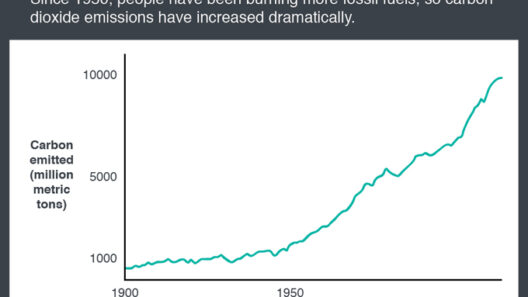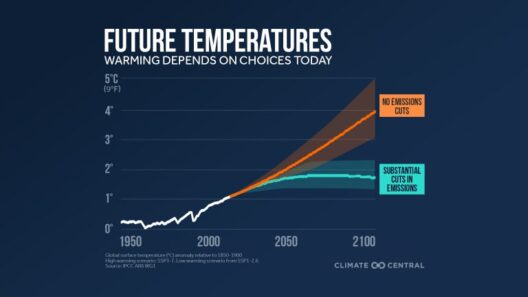Can technology truly act as our savior from the looming specter of global warming? The inquiry itself is reminiscent of an age-old parable: the battle between Prometheus, who gifted fire to humanity, and the elemental forces of nature. A similar dichotomy plays out in our relationship with technology as we seek to harness its powers to combat climate change, a monumental challenge that threatens the very fabric of our society.
As we delve into this discourse, let us first consider the innovations that have emerged in our quest to mitigate climate change. Renewable energy technologies, particularly solar and wind power, stand as paragons of progress. These modalities have transitioned from nascent ideas to robust solutions that can furnish energy needs without the pernicious emissions associated with fossil fuels. The sun, a ubiquitous and bountiful resource, has become a veritable wellspring for energy generation. In contrast, traditional energy methods are akin to churning venom into the earth, perpetuating a cycle of destruction.
The advent of solar panels marks a revolution in our energy paradigm. Like sentinels absorbing the sun’s rays, these devices convert light into electricity, feeding homes and industries while simultaneously diminishing our carbon footprint. Governments worldwide are increasingly adopting policies that incentivize the deployment of solar technology, propelling this solution toward ubiquity.
Wind energy, too, has transformed our approach to harnessing the atmosphere’s inherent potential. Turbines, with their graceful, rotating blades, epitomize the fusion of nature and innovation. They spin with a purpose: to generate clean energy while adding a touch of elegance to the landscape. However, the integration of such technologies is not without its challenges. Spatial limitations, ecological concerns, and the intermittent nature of renewable sources pose substantial hurdles that must be surmounted.
Moreover, technological advancements in energy storage have ushered in a new era of potential. Battery storage systems, once cumbersome and inefficient, have advanced to a stage where they can hold and distribute energy with remarkable efficacy. The emergence of solid-state batteries, for instance, promises to extend lifespan and reduce environmental tolls when compared to conventional lithium-ion variants. These batteries can act as reservoirs, capturing the sun’s light or the wind’s breath for use in times of scarcity—functioning as an energy bank for future generations. Is this not a modern-day Prometheus, offering us the gift of foresight?
Nevertheless, technology extends beyond just energy production. The role of agriculture in climate change cannot be underestimated, and here too, innovation has made significant strides. Precision farming, with its reliance on sophisticated data analysis and sensor technologies, enables farmers to optimize resource usage while minimizing waste. Drones, satellite imagery, and AI-driven systems work in concert to monitor crop health, soil conditions, and moisture levels. This synergy culminates in an agricultural practice that is both sustainable and efficient, reducing the carbon footprint and enhancing food security.
However, the dialogue around technology’s promises cannot ignore the lurking specter of its implications. The digital age, characterized by unfettered consumption of resources and energy, offers a paradox. As we embrace the conveniences of modern life—smart homes, cloud computing, and the internet of things—we may exacerbate the very issues we strive to solve. The data centers that power our online endeavors devour copious amounts of energy, much of which is still derived from fossil fuels.
In this context, technological progress must be coupled with an ethic of sustainability. The most effective approach requires not merely the creation of novel solutions but a holistic understanding of the ramifications of our choices. A paradigm shift in consumer behavior and policy implementation is imperative if we aspire to live harmoniously within our ecological means.
Furthermore, carbon capture and storage (CCS) present a fascinating avenue of inquiry. The technology aims to capture carbon dioxide emissions from power plants and other industrial sources and sequester them underground. While this may seem like a technological panacea, the successful deployment of CCS on a large scale remains fraught with challenges. Questions linger regarding its efficacy, cost, and long-term implications for subsurface ecosystems. Can technology indeed exorcise the carbon demons from our atmosphere, or will it merely serve as a means of absolution, allowing us to continue our carbon-intensive ways?
The potential for bioengineering to create carbon-negative materials also deserves attention. Innovations such as mycelium-based packaging and algae-derived biofuels showcase human ingenuity’s capacity to reimagine consumption patterns. These alternatives offer sustainable solutions, embodying a shift toward circular economies where waste is minimized, and resources are retained within the system. By inspiring new industries built on sustainability, technology can cultivate a more resilient economy.
Lastly, the societal implications of technological advancement must not be ignored. For too long, climate change has been viewed as an abstract concern, divorced from the lived experiences of individuals. Effective communication that underscores the intersection of technology and climate action can galvanize public support and mobilize communal resources toward a united front against global warming. The role of education in this narrative is quintessential. By intertwining environmental stewardship with technological literacy, society can harness a collective will to combat climate change.
In conclusion, technology holds the potential to be a powerful ally in our pursuit of climate stability. However, it is not a cure-all. It beckons us to navigate the intricate dance between innovation and sustainability, forging a path that respects both human creativity and natural limits. As we stand on the precipice of change, the question remains: can we wield this powerful tool of technology responsibly? The answer will inevitably shape the legacy we leave for future generations.








